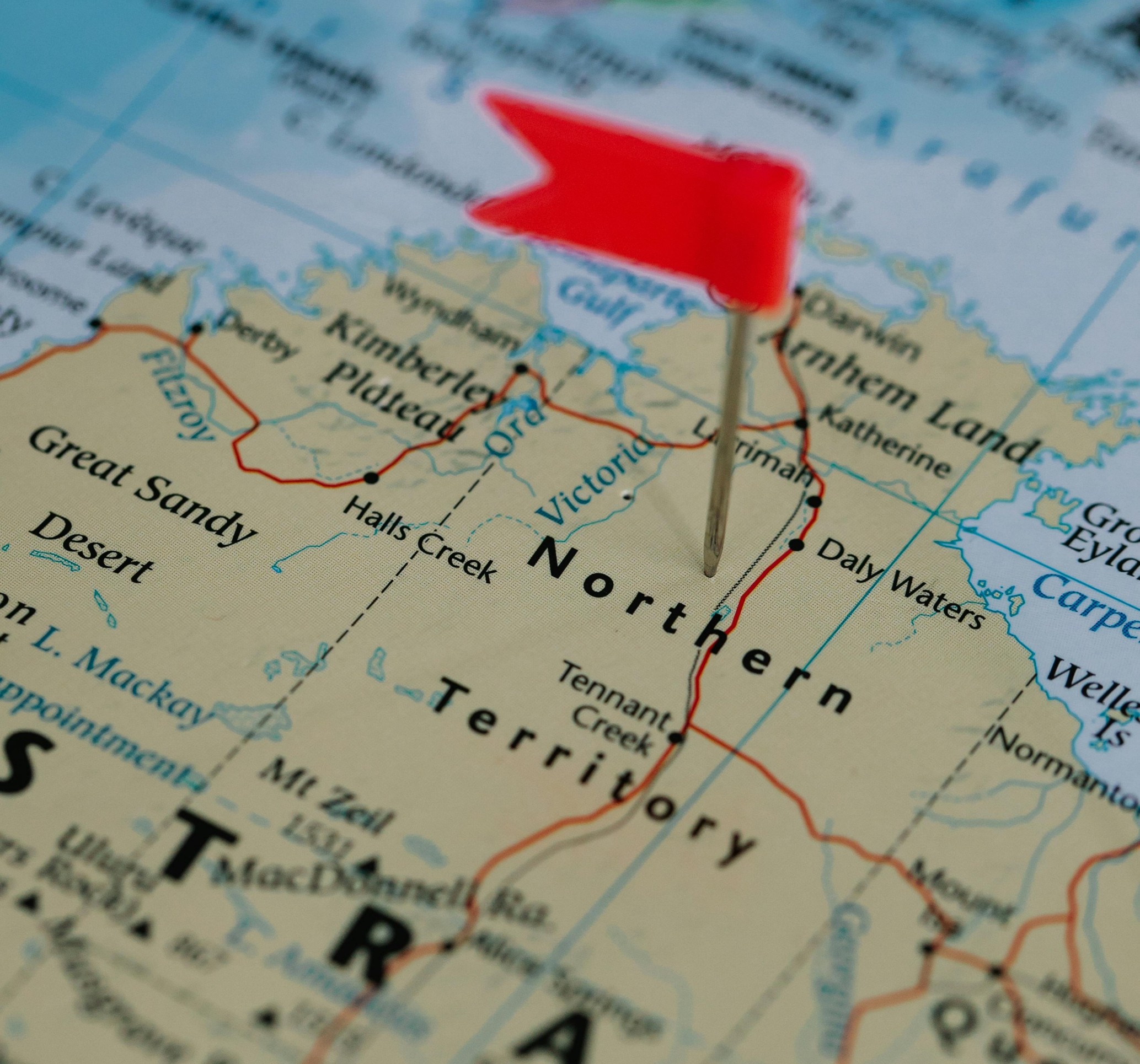Geomorphic Baseline Study: Assessing Erosion Risk in Kathleen Valley
The Kathleen Valley, nestled within the arid expanse of the Murchison Bioregion, is characterised by its dependence on ephemeral water streams that briefly recharge vital groundwater reserves during the wet season. This creates an ecologically delicate area where the landscape is highly sensitive to changes in water flow and sediment dynamics.
A targeted geomorphic survey was undertaken in this ecologically sensitive area to gather baseline data pertinent to the potential impacts of a proposed mining development and its accompanying infrastructure.
Targeted Survey and Sedimentology Focus
The survey, commissioned at the behest of the Tjiwarl Traditional Owners, focused specifically on assessing regions of a nearby culturally significant water body that were prone to erosion or susceptible to flooding. This targeted approach ensures that environmental planning directly addresses the areas of greatest ecological and cultural concern.
During the field excursion, our team meticulously collected 12 sediment samples from designated priority zones, carefully noting the transition points of distinct soil layers. This information is vital for establishing the geological profile of the watercourse.
Additionally, strategic monitoring sites were identified and earmarked for future observation. These benchmarks will facilitate a visual chronicle of any alterations to the sediment profile, offering invaluable insights for both community-led initiatives and consultancy-supported ecological evaluations.
Scientific Analysis and Cultural Enrichment
Following the fieldwork, our team embarked on a meticulous analysis of the collected samples to ascertain their vulnerability to bedload movement (the movement of sediment along the bottom of the watercourse).
This involved sieving each sample to categorise the sediment by size and analysing the comparative composition by weight across different sites. The objective was clear: to identify trends in compositional changes and determine which areas were most at risk of flooding and which exhibited natural resilience.
This scientific yield was significantly enriched by the cultural exchanges that took place. Engaging conversations with the Tjiwarl Traditional Owners unveiled rich narratives of the land, complementing the tangible ecological data with invaluable cultural lore.
Our work in Kathleen Valley underscores our commitment to delivering scientific rigour, technical expertise, and a holistic understanding of the unique ecological and cultural tapestry of Western Australia's remote bioregions.



